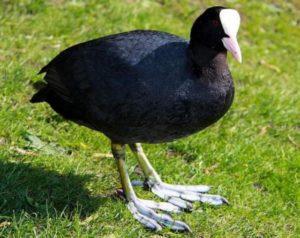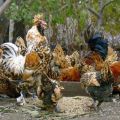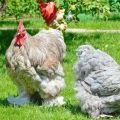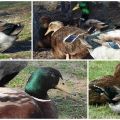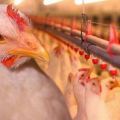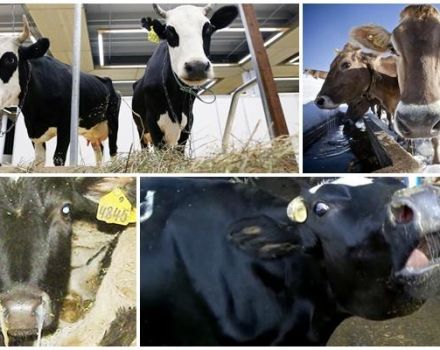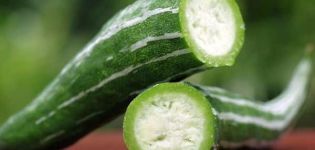When and at what age ducklings fledge and the fluff changes to a feather, deviations
How do ducklings grow when they start to fledge? It turns out that each breed of bird has its own individual developmental timing. And in chickens they do not look like duck, and in ducks they differ from turkey ones. Farmers who start breeding ducks will inevitably face this issue. Knowledge will help to more accurately determine the age of the bird, the timing of slaughter for meat.
At what age do ducklings fledge
It has been established that plumage appears in ducklings by about 20 days. Moreover, all chicks, including mulard, are born in fluff. This is, as it were, the forerunner of the future adult plumage of a bird. Gradually, the embryonic fluff leaves, and full-fledged feathers begin to grow in its place.
Starting from 2 weeks, ducklings grow, stretch, their body proportions change: the neck, tail become noticeably longer. White breeds change color to grayish, color also fade, the pattern is blurred. At the same age (but before 21 days), the first feathers appear.
Duck feathers are distinguished by their appearance:
- Contour.
- Flight feathers.
- Covering.
If molting did not start from 2 to 3 weeks, the change of fluff to feathers, something went wrong. Probably there were developmental disruptions.
From 21 days of age, feather growth begins on the abdomen and on the sides. On the 35th day, the plumage of the front of the neck, on the tail, wings should appear. Flight feathers are not growing yet.
Gradually, the chicks begin to change their timbre: their quacking becomes coarse. Differences between ducks and drakes become more noticeable at 49 days. By this time, the plumage of the chicks should be completed.
On day 56, flight feathers appear. Molt occurs from about 71 to 90 days, it lasts about 3 weeks. Upon completion of the process, colored breeds are strikingly different from whites in plumage color.
Possible deviations from the norm
If, for some reason, the feathers in the complete set did not form within the established time frame, this indicates deviations in development, possibly even a disease of the chicks. Small discrepancies, random attacks on the frequency of formation of plumage are allowed.
The main cause of the disease is a lack of nutrients necessary for the formation of plumage. Poor lighting, high humidity in bird pens may also affect. Long delays in the development envisaged by nature are a reason for the owner to think. And even seek advice from a veterinarian, to study the possible causes of what is happening.



